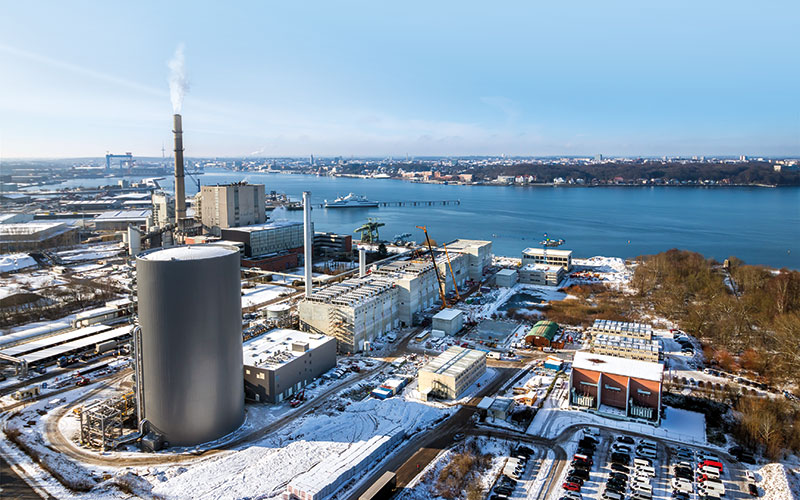What lies ahead?
Energy Focus looks at the role of oil and gas companies in the energy transition

The UK is moving towards a net-zero economy, but in the meantime, we depend on oil and gas for day-to-day essentials. According to OGUK (representatives for the UK offshore oil and gas industry), today, 75% of UK energy demand is met by oil and gas. Confronting this dual challenge of meeting demand while reducing emissions will require multi-billion-dollar investments.
Strategies to adapt
PwC’s 2019 Oil and Gas Trends report advises smaller oil and gas companies to invest in digital innovation – to improve efficiency and increase the viability of carbon capture storage, including ‘drones, robotics, artificial intelligence and virtual reality’.
Ole Cristian Røed, Head of Industry Solutions at data analyst Cognite, says that investment in automation, communication technology and energy efficiency will continue in oil and gas over the next five years. ‘It is all about efficiency. It is hard to find a CEO in oil and gas who is not discussing it.’
PwC advises small-to-midsize oil and gas companies to ‘free up cash for diversification’ and form ‘strategic alliances’ in preparation for the future. According to OGUK, new investors brought US$5.5bn to UK oil and gas with mergers and acquisitions in the first half of 2019 alone. When it comes to big companies, PwC advises them to look to diversify, or go all in on renewables (like Dong Energy/Ørsted and GDF Suez/Engie). Heeding this advice, Shell has stated in its current Energy Transition Report that it is preparing to diversify its portfolio. It plans to sell less oil and more natural gas, biofuels and electricity, as well as invest in carbon capture and storage, wind generation, retail power supply delivery, electric car charging and the restoration of forests and wetlands.
Decarbonising fossil fuels
Shell is also a member of the Oil and Gas Climate Initiative (a coalition of oil and gas companies from 130 countries, including BP, Chevron, ExxonMobil, Total and Saudi Aramco). This US$100m investment fund is seeking to inject cash into reducing the carbon footprints of midstream and downstream oil and gas operations. It will invest in methane mitigation, low-carbon power, automation and digitisation, waste heat recovery and improving efficiency.
More investment will come from the European Investment Bank (EIB), which has invested €65bn into energy projects during the past five years. ‘These are big projects… €100m, €300m projects,’ EIB spokesperson Antonie Kerwien told Energy Focus.However, as of 2021, energy projects financed by EIB will need to meet its ambitious emissions standard of 250g of CO2 per kwh (instead of 550g per kWh), which is designed to phase out traditional fossil fuel projects, including standard gas-fired power stations.
This standard is ‘indiscriminate’, says Kerwien, as some renewables projects will not be eligible, and gas projects can meet it, ‘but they really need to put in the effort’.
Gas projects can meet EIB’s new criteria through either carbon capture and storage, low-carbon gas (such as biomass), or combining heat and power with state-of-the-art efficiency, explains Kerwien. One such plant (which EIB helped finance via a €105m loan) is the 190MW electric power, 192MW thermal power KIEL Coastal Power plant in Germany, which replaced a 354MW coal plant with 20 high-efficiency General Electric gas engines.
Navigating the way forward
KIEL is just one example of how oil and gas companies can embrace the energy transition and thrive. As the PwC report states, companies will ‘need to determine their role in the new environment: diversifying or doubling down on fossil fuels or renewables’.
Lastly, the PwC report adds, ‘foresight may be the most important capability oil and gas companies need’.






Follow us
Advertise
Free e-Newsletter